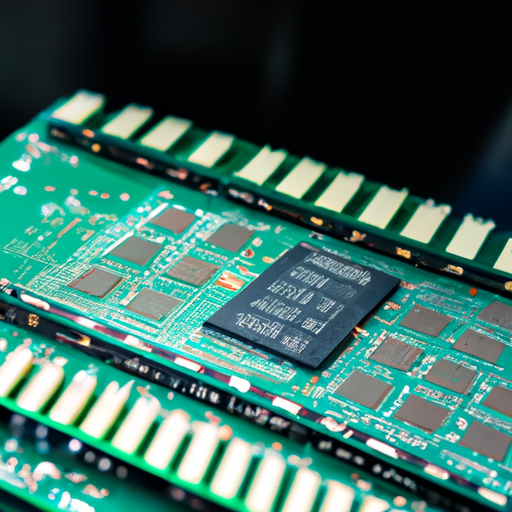FPGAs (Field-Programmable Gate Arrays) are versatile integrated circuits that can be programmed and reprogrammed to perform various tasks. One of the key advantages of FPGAs is their ability to be programmed on-site, meaning that the programming can be done after the FPGA has been installed in its target system. This flexibility makes FPGAs popular in a wide range of applications, from consumer electronics to industrial automation.

1. Xilinx Spartan Series: The Xilinx Spartan series is one of the most popular FPGA families for on-site programming. It offers a range of models with varying capabilities and price points, making it suitable for a wide range of applications. The Spartan series is known for its high-performance, low-power consumption, and excellent programmability. It supports various programming languages, including VHDL and Verilog, making it easy for developers to work with.
2. Altera Cyclone Series: The Altera Cyclone series is another widely used FPGA family for on-site programming. It offers a good balance between performance and cost, making it popular in applications where cost-effectiveness is a priority. The Cyclone series is known for its low power consumption, high-speed performance, and excellent programmability. It supports various programming languages, including VHDL and Verilog, and provides a range of development tools to facilitate the programming process.
3. Lattice iCE40 Series: The Lattice iCE40 series is a popular choice for low-power and cost-sensitive applications. It offers a range of small-sized FPGAs that are ideal for portable devices and IoT applications. The iCE40 series is known for its low power consumption, small form factor, and ease of use. It supports various programming languages, including VHDL and Verilog, and provides a user-friendly development environment for programming and debugging.
4. Intel (formerly Altera) Stratix Series: The Intel Stratix series is a high-performance FPGA family designed for demanding applications that require high-speed processing and large-scale integration. It offers a range of models with advanced features, such as high-speed transceivers, embedded memory, and DSP blocks. The Stratix series is known for its high-performance capabilities, excellent programmability, and comprehensive development tools. It supports various programming languages, including VHDL and Verilog, and provides advanced debugging and optimization features.
5. Microsemi SmartFusion2 Series: The Microsemi SmartFusion2 series is a unique FPGA family that combines FPGA fabric with a microcontroller subsystem. It offers a range of models with integrated ARM Cortex-M3 processors, making it suitable for applications that require both programmable logic and microcontroller capabilities. The SmartFusion2 series is known for its low power consumption, high-security features, and ease of use. It supports various programming languages, including VHDL and Verilog, and provides a comprehensive development environment for programming and debugging.
These are just a few examples of the common FPGA on-site programming door array popular models available in the market. Each model has its own unique features and capabilities, making it suitable for specific applications. When choosing an FPGA for on-site programming, it is important to consider factors such as performance requirements, power consumption, cost, and development tools availability.
In conclusion, on-site programming is a key feature of FPGAs that allows for flexibility and adaptability in various applications. The Xilinx Spartan, Altera Cyclone, Lattice iCE40, Intel Stratix, and Microsemi SmartFusion2 series are some of the popular FPGA families known for their on-site programming capabilities. By understanding the features and capabilities of these models, developers can choose the most suitable FPGA for their specific application requirements.









